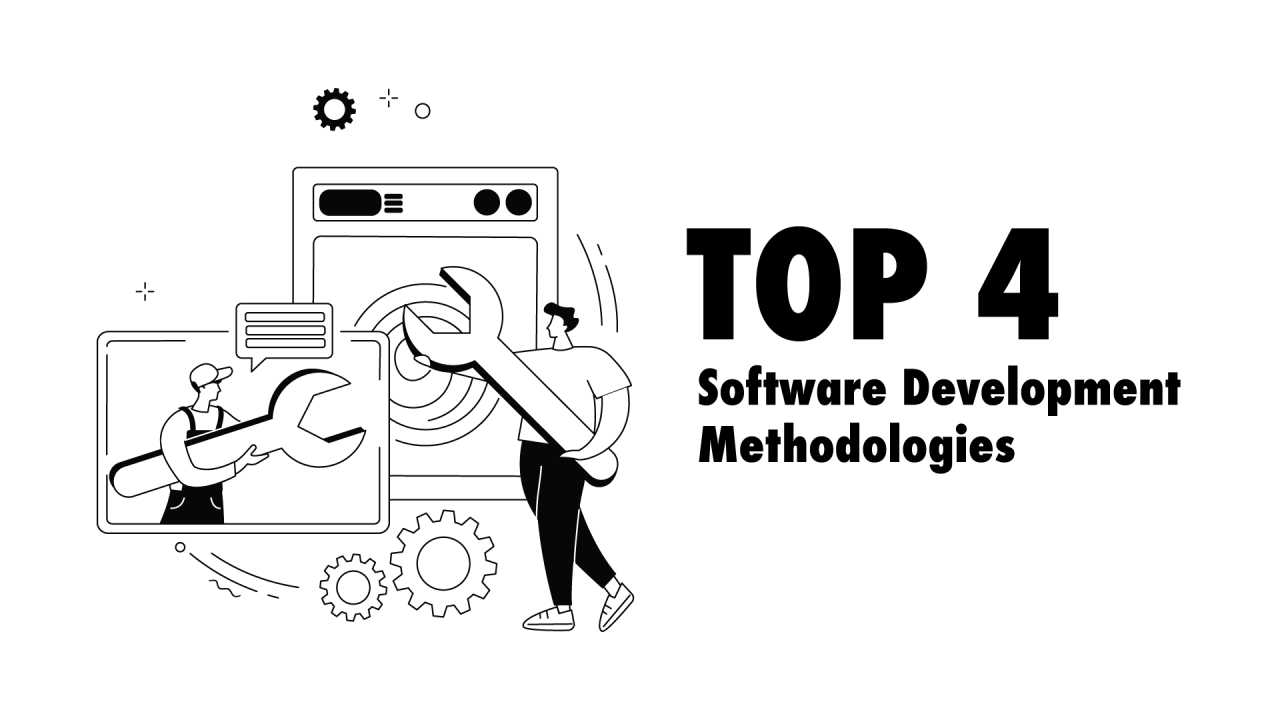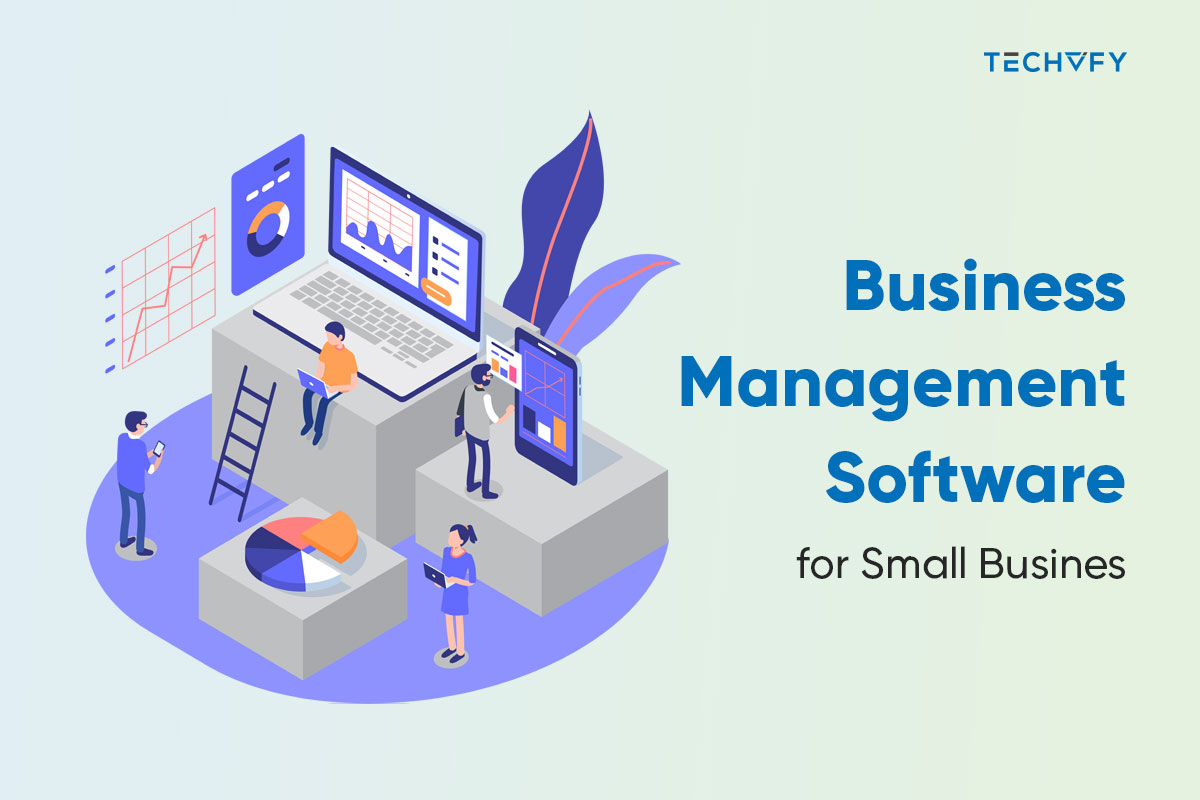Software development methodologies are crucial in the creation of software. Companies specializing in custom software development employ various methodologies in their regular activities. Each methodology comes with its own set of pros and cons. Essentially, these methodologies aim to ensure efficient software development that aligns with specific project needs. In this article, TECHVIFY will help you understand more about software development process methodologies and choose the best methodology for specific software development needs.
I. What are Software Development Methodologies?
A software development methodology is a framework for creating, implementing, and testing software. These methodologies provide a straightforward, step-by-step process that guides professionals through each phase of software creation. They often incorporate a design philosophy, ensuring their methods and the software’s features meet their intended purposes. For instance, as part of this philosophy, developers might specify the functions of the software and the user problems it addresses.

II. 4 Best Software Development Methodologies
Here, we present a list of software development methodologies and their pros and cons to highlight their unique features and applications.
1. Agile Methodology
Agile Software Development methodology stands out as a premier approach in software development, offering a disciplined management process with the flexibility for frequent updates in the project. It serves as a conceptual framework for various software engineering projects, reducing risk through short development cycles, known as iterations, typically lasting from one week to a month.
| Advantages of Agile Methodology | Disadvantages of Agile Methodology |
|---|---|
|
|
2. Waterfall Methodology
The Waterfall Methodology stands as a widely recognized approach in software development. Many companies view this life cycle model as a traditional form of creating software. It presents the software development process in a straightforward, sequential manner. During any stage of the development cycle, it’s crucial to ensure the completion of the previous phase. This conventional software development method follows a strict, linear pattern and does not accommodate returning to prior stages to adjust to changes in requirements.
| Advantages of the Waterfall Methodology | Disadvantages of the Waterfall Methodology |
|---|---|
|
|

3. Rapid Methodology
Rapid Application Development (RAD) is a methodology known for its quick development pace and high-quality outcomes, surpassing other software development methods. It’s crafted to exploit software development advantages fully. RAD’s primary goal is to speed up the software development process, a target made achievable through active user engagement in development.
| Advantages of the RAD Methodology | Disadvantages of the RAD Methodology |
|---|---|
|
|
4. DevOps
DevOps is increasingly recognized among software development methodologies for its comprehensive benefits to users. It transforms the previously separate Development and Operations into a unified team, encompassing all product lifecycle stages. This approach is practical across various business models, with continuous integration and delivery allowing development and operational teams to work together on development, quality assurance, security, and more.
Businesses are now leaning towards DevOps for its agile and lean methodology, enhancing collaboration throughout the development life cycle.
| Advantages of DevOps | Disadvantages of DevOps |
|---|---|
|
|
Learn More On:
III. Challenges and Risks in Implementing Software Development Methodologies
| Challenge/Risk | Description |
|---|---|
| Resistance to Change | Team members may be reluctant to adopt new practices, preferring familiar methods. |
| Complexity | New methodologies can be intricate and challenging for those unfamiliar with them. |
| Customization | Adjustments may be needed to fit methodologies to specific project needs. |
| Training | Learning new methodologies requires time and comprehensive training. |
| Team Coordination | Different methodologies require unique collaboration styles, making coordination challenging. |
| Changing Requirements | Adapting methodologies to evolving project requirements can be complex. |
| Resource Allocation | Proper allocation of specific resources required by some methodologies can be challenging. |
| Time Constraints | Implementing new methodologies can be time-consuming and need to be balanced with project deadlines. |
| Risk Management | New risks may arise from implementing methodologies, requiring careful management. |
IV. TECHVIFY Software: Your Trusted Software Development Partner
Understanding the uniqueness of each project, TECHVIFY applies flexible engagement models, which can be project-based or time- and materials-based. This adaptability ensures a tailored approach to meet your specific project requirements.

Besides, we stand out for:
- Comprehensive Solutions: TECHVIFY offers full-range software solutions, including consulting and implementation, tackling various business challenges with a team of skilled developers and architects.
- Scalable and Skilled Team: Our services are scalable to client needs, featuring a team adept in technology, communication, and collaboration for smooth integration.
- Stringent Security: TECHVIFY holds two ISO certifications, ensuring high-level data protection and compliance with strict security standards for enterprise-level projects.
- Rapid Market Delivery: We prioritize speedy market delivery with a CI/CD pipeline and automated security testing, balancing quick turnaround with quality and security.
Partnering with TECHVIFY means choosing a software development company that combines technical proficiency with a commitment to your success. Embrace TECHVIFY as your software development partner to navigate the digital landscape effectively.
Conclusion
Selecting the appropriate software development methodology is crucial for the success of your project. With methodologies like Agile, DevOps, Waterfall, and RAD, each offering unique benefits, the right choice can significantly impact your project’s outcome.
TECHVIFY is here to guide you in this critical decision. Reach out to TECHVIFY today and let us help you navigate the complexities of software development to achieve exceptional results.
TECHVIFY – Global AI & Software Solution Company
From Startups to Industry Leaders: TECHVIFY prioritizes results, not just deliverables. Accelerate your time to market and see ROI early with high-performing teams, AI (including GenAI) Software Solutions, and ODC (Offshore Development Center) services.
- Email: [email protected]
- Phone: (+84)24.77762.666
FAQs
Q: What are the two important types of software development methodologies?
When we compare software development methodologies, two significant types stand out: DevOps and Agile. Both these methodologies support iterative development, enabling teams to segment intricate projects into smaller, more manageable tasks. This segmentation aids in more efficient completion. Furthermore, these methods emphasize the need for rapid feedback from clients, which is essential for ongoing enhancement and progress.
Q: What methodology is best for software development?
Top 4 software development methodologies
- Agile development methodology.
- DevOps deployment methodology.
- Waterfall development methodology.
- Rapid application development methodology.





